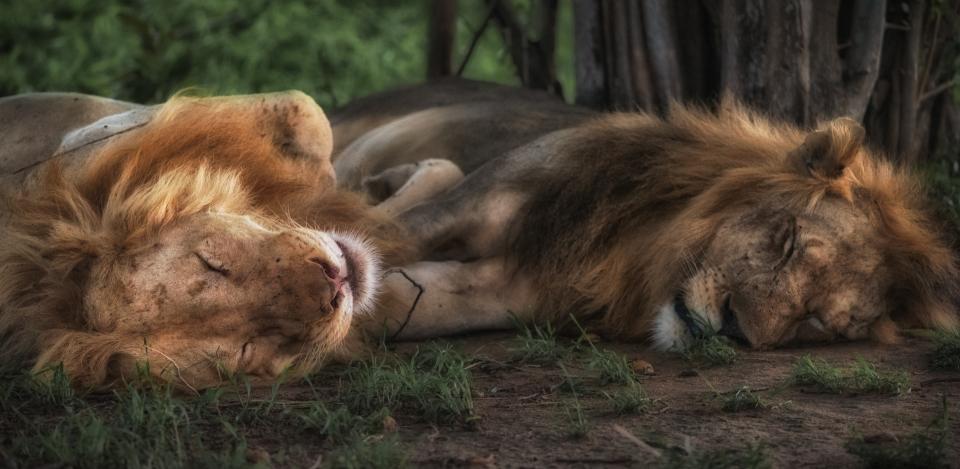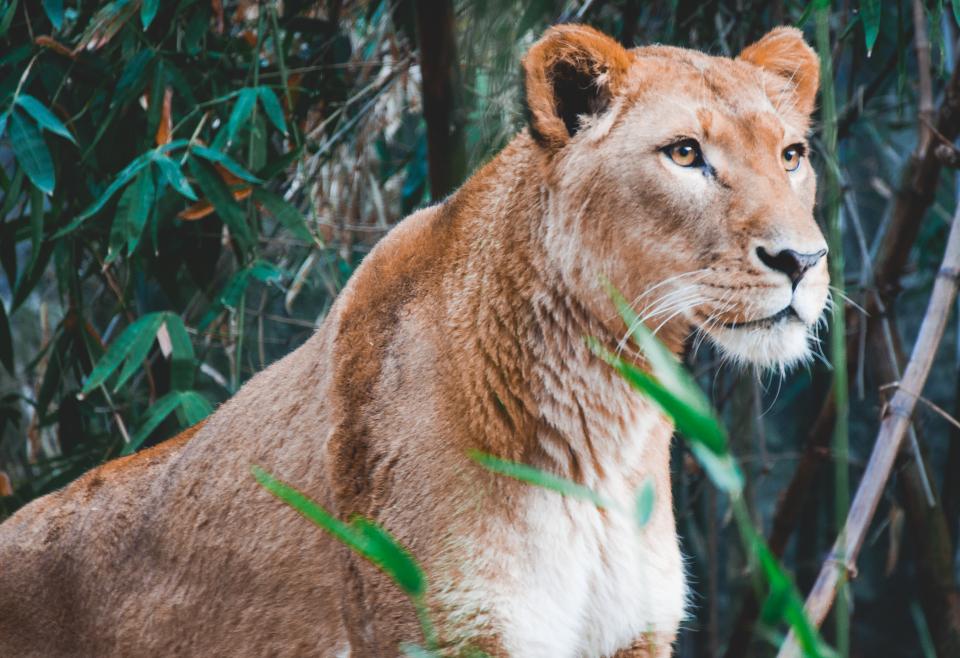This article will delve into the intricate world of a cat's heat cycle, providing a comprehensive guide to its duration, phases, and the factors influencing its timing. We will explore the telltale signs of heat in cats, including both behavioural and physical manifestations, and discuss how to effectively manage the cycle through spaying and other methods. We'll also address common questions regarding the frequency, duration, and potential health implications of a cat's heat cycle, empowering you to provide optimal care for your feline companion during this natural process.
Part 1: Understanding the Cat Heat Cycle

1.1 What is a Cat's Heat Cycle?
A cat's heat cycle, also known as estrus, is a recurring period of sexual receptivity in female cats, referred to as queens. This cycle is a natural phenomenon orchestrated by fluctuating hormone levels, primarily a surge in estrogen, and serves as the foundation for reproduction in cats.
1.2 Duration of a Cat's Heat Cycle
The duration of a cat's heat cycle can vary depending on a number of factors, including breed, age, and overall health. While the average heat cycle lasts approximately 7 to 10 days, individual cats may experience shorter or longer cycles.
1.3 Phases of the Cat Heat Cycle
A cat's heat cycle is comprised of four distinct phases, each with its own characteristics:
- Proestrus: This initial phase, lasting 1-2 days, marks the onset of the cycle. The queen may exhibit subtle signs of heat, such as increased vocalisation, becoming more affectionate, and exhibiting slight restlessness.
- Estrus: This is the peak of the heat cycle, lasting 4-7 days. During estrus, the queen becomes fully receptive to mating, displaying prominent signs like rolling on the floor, rubbing against objects and people, vocalising loudly (often in a high-pitched "meow" or "chirp"), and adopting a characteristic "lordosis" posture. This posture involves arching her back, lowering her hindquarters, and raising her tail to expose her vulva. This phase is crucial for successful breeding as the queen is most fertile during this time.
- Metestrus: This phase lasts about 1-2 days and occurs immediately after estrus. The queen's receptiveness to mating decreases, and she may exhibit fewer signs of heat, although some might persist.
- Diestrus: This is the final phase of the cycle, lasting about 2-3 months. During diestrus, the queen is completely non-receptive to mating and returns to her usual behaviour.
Part 2: Signs of Heat in Cats

Recognising the signs of heat in cats is crucial for providing appropriate care and preventing unwanted pregnancies.
2.1 Behavioural Changes
Behavioural changes are often the most noticeable indication that a cat is in heat.
- Increased Vocalisation: Queens in heat often meow excessively, sometimes in a loud, drawn-out manner, to attract male cats (toms). This vocalisation can become persistent and intense, with cats meowing at all hours of the day and night.
- Restlessness and Affection: They may become restless, pacing around the house, and demanding attention, often rubbing against furniture and people, sometimes to the point of becoming overly affectionate or clingy.
- Lordosis Posture: Queens in heat adopt a characteristic "lordosis" posture, where they arch their back, lower their hindquarters, and raise their tail to expose their vulva. This posture is a clear indication of their readiness for mating.
- Spraying: To mark their territory and attract potential mates, queens may spray urine on vertical surfaces, leaving a distinct, strong odour. This behaviour is often accompanied by a pronounced squatting posture.
- Rolling and Rubbing: Queens may roll on the floor, rub their bodies against objects, and knead with their paws, often while vocalising, as a way of attracting a mate.
2.2 Physical Changes
Beyond behavioural changes, there are also physical signs that indicate a cat is in heat:
- Swelling and Redness: The vulva may become swollen and red, often appearing more prominent than usual.
- Discharge: A clear or slightly bloody discharge may be present near the vulva. This discharge is a sign of the queen's increased fertility during her heat cycle.
- Increased Appetite: Some queens may experience an increase in appetite during their heat cycle, possibly due to the hormonal changes affecting their metabolism.
Part 3: Factors Influencing Heat Cycle Duration

The length of a cat's heat cycle can be influenced by a range of factors:
- Breed: Certain breeds of cats, such as Siamese and Burmese, are known to cycle more frequently than others. This is often attributed to their genetic predisposition and hormonal profiles.
- Age: Younger queens tend to have shorter heat cycles, while older queens may have longer or less frequent cycles. As cats age, their hormonal balance can change, affecting the duration and frequency of their heat cycles.
- Environment: Factors like daylight hours and temperature can influence a cat's heat cycle. The amount of daylight a cat is exposed to can trigger hormonal changes, while temperature fluctuations can also influence their reproductive cycle.
- Health: A cat's overall health can also affect the length and frequency of their cycles. Health conditions, particularly those affecting the endocrine system, can impact hormonal regulation, thus influencing the duration and consistency of heat cycles.
Part 4: Managing a Cat's Heat Cycle
Managing a cat's heat cycle is essential for preventing unwanted pregnancies, minimizing stress for the cat, and maintaining a peaceful home environment.
4.1 Spaying
Spaying is widely considered the most effective and humane method to manage a cat's heat cycle. This surgical procedure involves the removal of the ovaries and uterus, permanently preventing pregnancy and eliminating the associated heat cycles. Spaying eliminates the behavioural and physical changes associated with heat, as well as the risk of uterine infections and mammary tumours.
4.2 Other Methods
While spaying is the most effective long-term solution, other methods can be employed to manage a cat's heat cycle, though they often have limitations:
- Hormonal Treatments: These medications can suppress heat cycles temporarily, but their use is typically not recommended as a long-term solution. They can have potential side effects and may not always be effective in preventing pregnancy.
- Confinement: Keeping a queen indoors during her heat cycle can reduce the risk of unwanted pregnancy by limiting her exposure to male cats. However, this can be stressful for the cat and may not be a practical or effective long-term solution.
- Scent Blocking: Using scent blockers to mask the queen's pheromones may help to deter toms from being attracted to her. However, these methods are not always effective and may not fully prevent unwanted mating.
Part 5: Health Implications of Heat Cycles
While heat cycles are a natural part of a cat's reproductive life, they can also pose some health risks:
- Urinary Tract Infections: Queens in heat are more susceptible to urinary tract infections due to hormonal changes that can affect their bladder function. This can lead to painful urination and other complications.
- Pseudopregnancy: In some queens, the hormones associated with heat can trigger a false pregnancy, causing behavioural and physical changes mimicking actual pregnancy, including mammary gland enlargement, nesting behaviour, and milk production. This condition typically resolves on its own but can be distressing for the cat.
- Unwanted Pregnancies: Unintended pregnancies can lead to large litters of kittens, potentially overwhelming resources and increasing the risk of health problems for both the queen and kittens. This can also lead to overcrowding in shelters and contribute to the issue of unwanted cats.
- Stress and Anxiety: The hormonal fluctuations and behavioural changes associated with heat can cause stress and anxiety for the cat. This can manifest as restlessness, aggression, and excessive vocalisation, leading to a decline in their overall well-being.
- Uterine Infections: Queens can develop uterine infections if they experience a prolonged heat cycle or if they have been in heat for extended periods without mating. These infections can be serious and require veterinary treatment.
Part 6: FAQs
6.1 How Often Do Cats Go Into Heat?
Cats typically go into heat every 2 to 3 weeks, although this frequency can vary depending on individual factors, such as breed, age, and environment.
6.2 How Long Can a Cat Stay in Heat?
A cat's heat cycle can last up to 10 days, but usually lasts about 7 days. However, some cats may experience longer or shorter cycles.
6.3 Does My Cat Need to be Spayed If She's an Indoor Cat?
Yes, even indoor cats can get pregnant if exposed to a male cat, so spaying is still recommended for indoor cats. While it may seem like an indoor cat is protected from male cats, accidental encounters can happen, especially if the cat has access to outdoor areas or if a male cat gains entry to the home.
6.4 Can a Cat Go Into Heat After Being Spayed?
No, once a cat has been spayed, she can no longer go into heat because the ovaries have been removed, eliminating the hormonal fluctuations that trigger the cycle.
6.5 What Are the Benefits of Spaying My Cat?
Spaying offers numerous benefits, including:
- Preventing unwanted pregnancies: Spaying eliminates the risk of unwanted litters of kittens.
- Eliminating heat cycles: Spaying permanently eliminates the behavioural and physical changes associated with heat cycles.
- Reducing the risk of certain cancers: Spaying significantly reduces the risk of mammary tumours and uterine cancers.
- Improving overall health: Spaying can improve a cat's overall health by eliminating the hormonal fluctuations that can lead to various health issues.
6.6 Are There Any Risks Associated with Spaying?
Spaying is a safe procedure with minimal risks. However, as with any surgery, there is a small risk of complications, which your vet will discuss with you. These complications are usually minor and can be effectively managed.
It is essential to discuss any concerns or questions you have with your veterinarian, as they can provide the best advice and guidance for your cat's individual needs.
Everyone is watching
-

Are Cat Ribs Flexible? Understanding Their Anatomy
CATS & KITTENSThis article delves into the fascinating world of feline anatomy, exploring the flexibility of cat ribs and ho...
-

Can Cats Eat Bananas? (Everything You Need to Know)
CATS & KITTENSThis article dives into the intriguing question of whether cats can safely enjoy the sweet, yellow fruit, bana...
-

Cat Lifespan: How Long Do Cats Live?
CATS & KITTENSThis comprehensive guide explores the factors influencing the lifespan of our feline companions, providing ins...
-

Can Cats Get COVID-19? What You Need to Know
CATS & KITTENSThis article will delve into the fascinating world of feline COVID-19 susceptibility. We'll explore whether ca...
-

Can Cats Eat Eggs? A Complete Guide to Egg Safety for Your Feline Friend
CATS & KITTENSWhen it comes to treating our furry companions, we all want to ensure we're doing what's best for them. Eggs...
